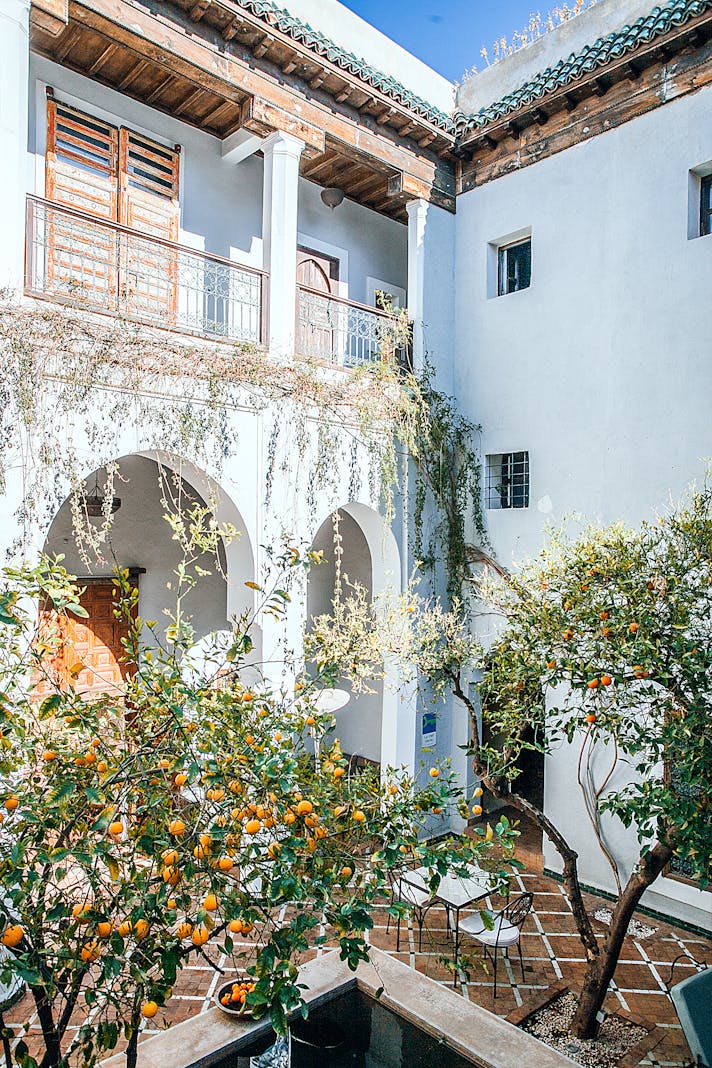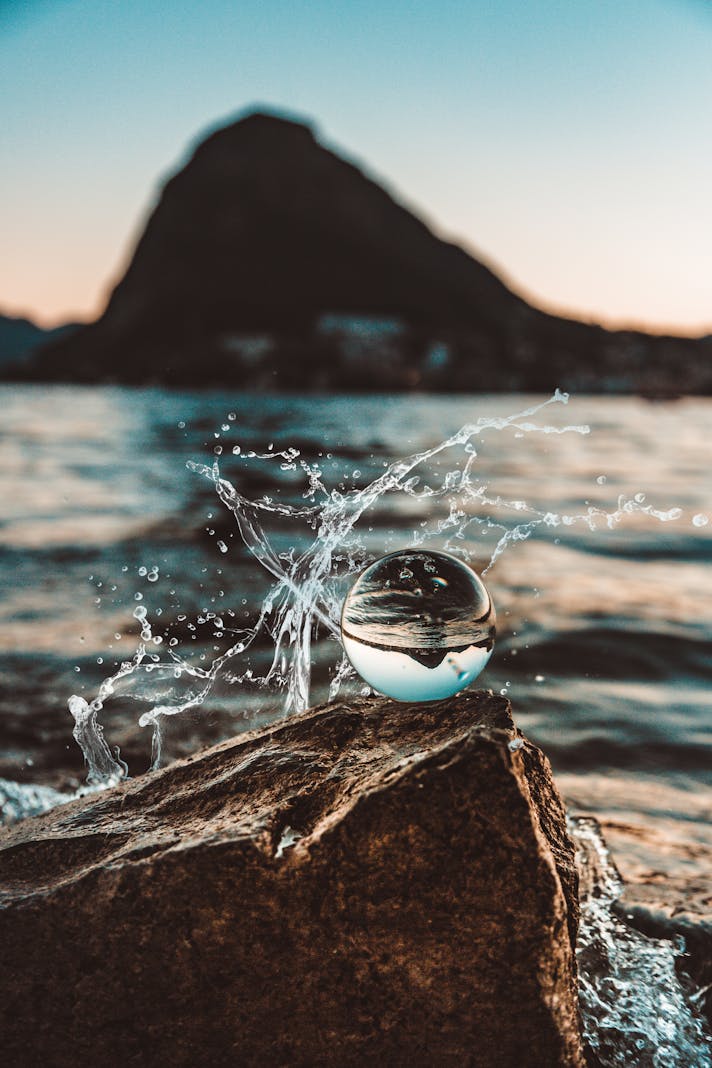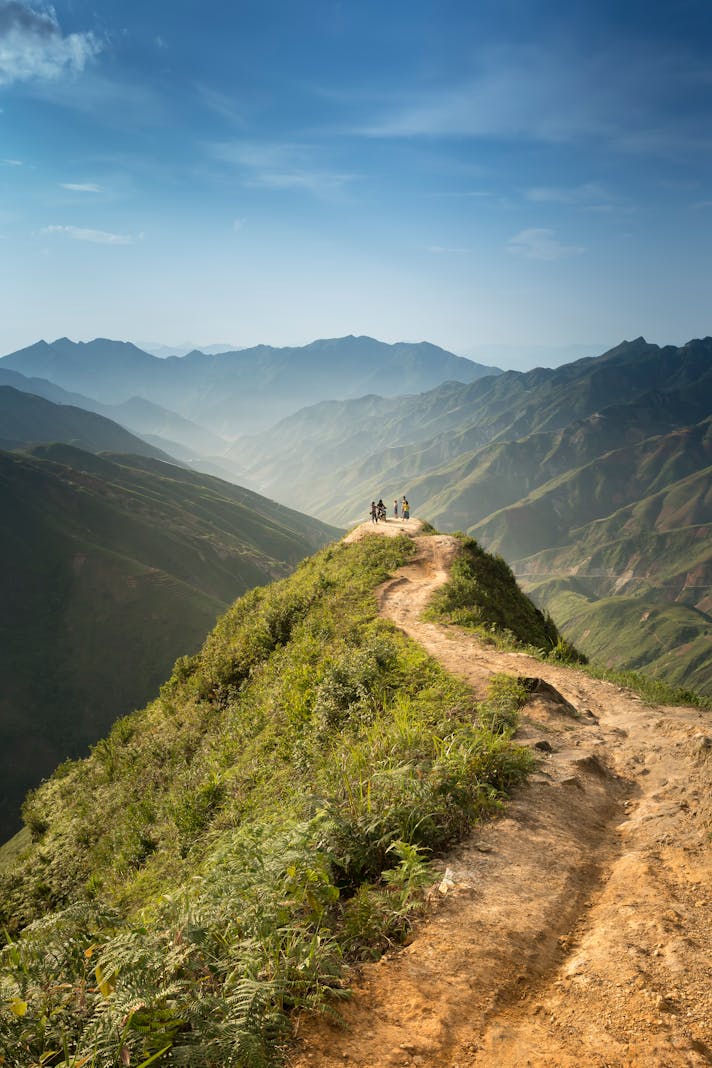Mono Lake

For most visitors, getting to Mono Lake is the biggest barrier to visiting. Wedged between the Sierra Nevada mountain range and the Great Basin Desert in Nevada, the lake is 13 miles east of Yosemite as the crow flies. However, it is impossible to drive from Yosemite in the winter months; Tioga Pass, the only road to crisscross Yosemite National Park, is closed for nearly half the year due to snow. From Los Angeles, Highway 395 provides a direct (if rather long); those coming from San Francisco will travel Highway 80 to Highway 50 and then down Highway 395. The shortest drive is from Reno, Nevada, and takes around two and a half hours.
Why visit if Mono Lake is that isolated? Actually, the isolation is a great reason for the visit. Mono Lake boasts a unique ecosystem that feeds creature in and out of the lake. While there are no fish, the algae and plankton provide food for many bird species. California Gulls and Snowy Plovers nest in this area, and migratory species include Eared Grebes, Wilson’s Phalaropes, and Red-Necked Phalaropes. Those interested in adding to their life lists can spend a day or longer simply watching, identifying, and photographing the birds.
Of course, the geology of the area provides amazing vistas and opportunities for photographers to ply their avocation. Many tourists start at the Visitors Center, where interactive displays and a film entitled Of Ice and Fire: A Portrait of the Mono Basin provide information on the natural history of the area. If possible, get out of the car and get walking – a hiking trails circumnavigates the lake for those with the time and energy. Of course, there are shorter trails as well, such as the loop trail at the South Tufa Area and the somewhat longer Lee Vining Creek Trail.
Did someone mention tufa? These towers are unique to Mono Lake, forming from the chemical interaction between the mineral filled, saline lake and the limestone in the lake bottom. They are most easily seen at the South Tufa Area, where gulls, swallows, and other birds fly around them searching for shrimp in the water. A self-guided tour can be walked in whatever amount of time is available; there are also three naturalist guided tours given each day during the summer months.
For many years, the demand for water in Los Angeles created a problem for both the Owens Valley and Mono Lake. Depressed lake levels made the tufa particularly dramatic, but the resultant over-salinity posed a possible ecological disaster. Thankfully, in 1994, the lake’s access to stream water was restored, and the lake’s volume is again rising. While photos may not be as theatrical, this is a small price to pay for continued ecosystem health.
Many summer visitors combine a stop at Mono Lake with a trip to the Yosemite Valley. Tioga Pass is a beautiful drive, with vista points and parking for trailheads; it’s also the gateway to the famed Tuolomne Meadows. Be sure to check road conditions, and remember that the road can receive snow even at the beginning and end of the season.
While most people visit during the summer, the lake shows another side when covered in snow. The crowds are gone, prices are lower, and the vistas are spectacular. Cross-country skiing and snowshoeing are great ways to experience the area, and the lake can be kayaked year-round. Mono Lake is at 6,417 miles above sea level, so it’s important to dress for the cold and take time to acclimate to lower levels of oxygen if this is an issue.
Accommodations can be found in nearby Lee Vining. Those who don’t mind longer drives can also stay in the June Lake or Mammoth Lakes areas. While there is no camping right at Mono Lake, there are campgrounds along Highway 120 and in the June Lake and Mammoth Lakes areas as well. There are many restaurants in the area as well. Whether the traveler wants a simple bed and maximal time, or a more luxurious vacation and a quick visit, Mono Lake rewards those willing to make the drive.
Why visit if Mono Lake is that isolated? Actually, the isolation is a great reason for the visit. Mono Lake boasts a unique ecosystem that feeds creature in and out of the lake. While there are no fish, the algae and plankton provide food for many bird species. California Gulls and Snowy Plovers nest in this area, and migratory species include Eared Grebes, Wilson’s Phalaropes, and Red-Necked Phalaropes. Those interested in adding to their life lists can spend a day or longer simply watching, identifying, and photographing the birds.
Of course, the geology of the area provides amazing vistas and opportunities for photographers to ply their avocation. Many tourists start at the Visitors Center, where interactive displays and a film entitled Of Ice and Fire: A Portrait of the Mono Basin provide information on the natural history of the area. If possible, get out of the car and get walking – a hiking trails circumnavigates the lake for those with the time and energy. Of course, there are shorter trails as well, such as the loop trail at the South Tufa Area and the somewhat longer Lee Vining Creek Trail.
Did someone mention tufa? These towers are unique to Mono Lake, forming from the chemical interaction between the mineral filled, saline lake and the limestone in the lake bottom. They are most easily seen at the South Tufa Area, where gulls, swallows, and other birds fly around them searching for shrimp in the water. A self-guided tour can be walked in whatever amount of time is available; there are also three naturalist guided tours given each day during the summer months.
For many years, the demand for water in Los Angeles created a problem for both the Owens Valley and Mono Lake. Depressed lake levels made the tufa particularly dramatic, but the resultant over-salinity posed a possible ecological disaster. Thankfully, in 1994, the lake’s access to stream water was restored, and the lake’s volume is again rising. While photos may not be as theatrical, this is a small price to pay for continued ecosystem health.
Many summer visitors combine a stop at Mono Lake with a trip to the Yosemite Valley. Tioga Pass is a beautiful drive, with vista points and parking for trailheads; it’s also the gateway to the famed Tuolomne Meadows. Be sure to check road conditions, and remember that the road can receive snow even at the beginning and end of the season.
While most people visit during the summer, the lake shows another side when covered in snow. The crowds are gone, prices are lower, and the vistas are spectacular. Cross-country skiing and snowshoeing are great ways to experience the area, and the lake can be kayaked year-round. Mono Lake is at 6,417 miles above sea level, so it’s important to dress for the cold and take time to acclimate to lower levels of oxygen if this is an issue.
Accommodations can be found in nearby Lee Vining. Those who don’t mind longer drives can also stay in the June Lake or Mammoth Lakes areas. While there is no camping right at Mono Lake, there are campgrounds along Highway 120 and in the June Lake and Mammoth Lakes areas as well. There are many restaurants in the area as well. Whether the traveler wants a simple bed and maximal time, or a more luxurious vacation and a quick visit, Mono Lake rewards those willing to make the drive.

Related Articles
Editor's Picks Articles
Top Ten Articles
Previous Features
Site Map
Content copyright © 2023 by Korie Beth Brown, Ph.D. . All rights reserved.
This content was written by Korie Beth Brown, Ph.D. . If you wish to use this content in any manner, you need written permission. Contact Korie Beth Brown, Ph.D. for details.







